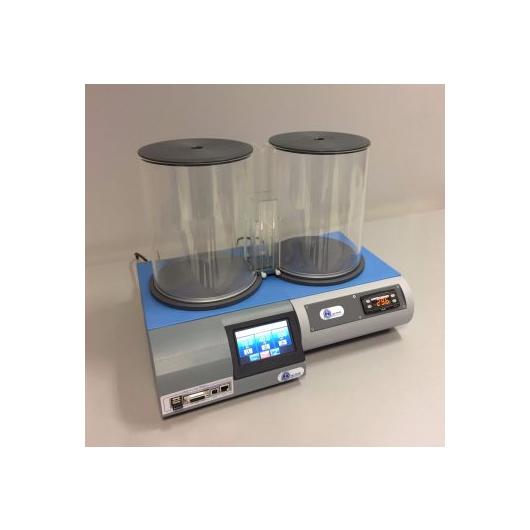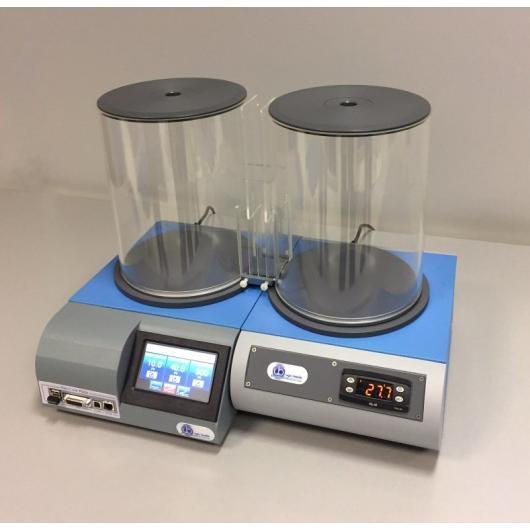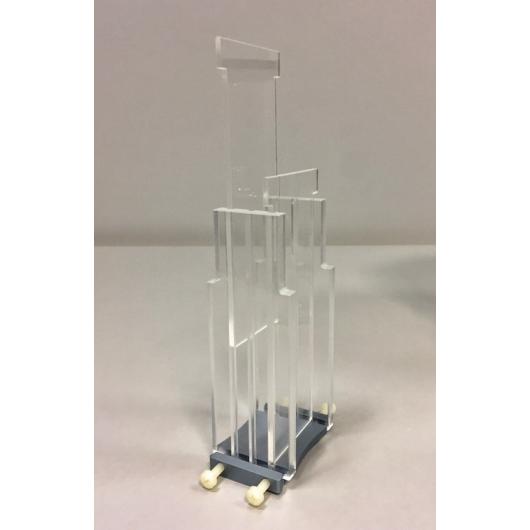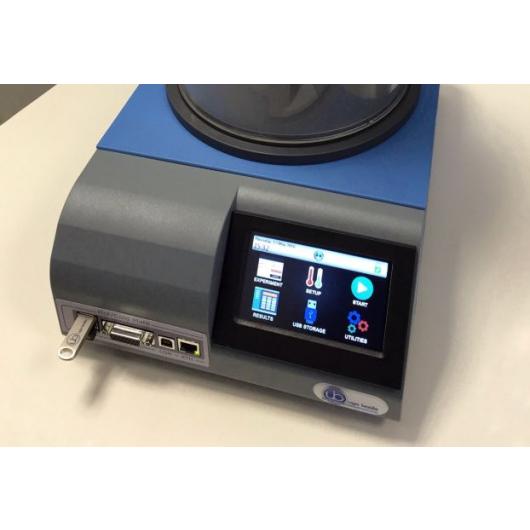





Thermal Place Preference (TPP Test) for Mice & Rats
Features
- Two-environment temperature test
- Unrestrained animals
- Based on validated standard Ugo Basile devices
- Optional Videotracking System for automatic scoring and behavioral tracking
- Versatile device
Benefits
- Easily monitor thermal place preference and nociceptive thresholds
- less stress for the animal, less user errors, integrated learned responses to thermal painful and non-painful stimuli
- Can be used as independent Hot/Cold Plate Device and Auxiliary Hot Plate
- Bias-free reproducible data
- Allows flexibility of tests and methods
Application of thermal place preference system
Both heat and cold evoke thermosensation, which, if of sufficient intensity, may elicit feelings of pain. Thermosensation is an essential sensory function that is subserved by a variety of transducer molecules.
Well-established methods are available to measure thermal and mechanical sensitivity in awake behaving rodents, however, they require experimenter manipulations and tend to emphasize reflexive behaviors.
The TPP (or 2-choice temperature test), is a thermal sensitivity assessment tool designed to emphasize integrated learned responses to thermal painful and non-painful stimuli that are applied dynamically to a surface on which the animal is standing. It documents escape behaviour in awake, unrestrained animals to innocuous and noxious heating of the floor where the animal is located. Animals learn to minimize pain by escaping to the opposite non-heated side; escape latency can be recorded automatically. (from 2005 Baliki et al, Molecular Pain 2005, 1:18 doi:10.1186/1744-8069-1-18)
- 60000-TN Software ANYmaze for manual scoring
- 6000 ANYmaze videotracking system
- 47400-040 USB camera
Method paper
- Aziz Moqrich et alia: “Impaired Thermosensation in Mice Lacking TRPV3, a Heat and Camphor Sensor in the Skin” Science 04 Mar 2005: Vol. 307, Issue 5714, pp. 1468-1472 https://science.sciencemag.org/content/307/5714/1468






